- Ê
- Â
fAustin has 6 post(s)
Gallery:
E. McKnight Kauffer "Civil Aeronautics Administration" (1943)
Part 1:
About the Works:
The works selected above are a selections of works created by E. McKnight Kauffer. A large majority of these are from his time spent in London working for either Shell or the Underground transport system, and just an example of the near 140 posters he’s known for. The range of color used is limited due to its age, however the designs were fairly progressive for their time; including large bold shapes, scattered text, and clear images. Also in this gallery is a few of Kauffer’s artworks which hold a clear almost impressionistic style, which was likely picked up by Kauffer during his time studying in Paris.
Part: 2
About the Designer:
Edward Kauffer is an American born artist. He born in 1890, Great Falls, Montana – however he lived most of his life in England and elsewhere overseas. At the age of 20 Kauffer began to study at the California school of design where he worked both for his studies and independently. In 1912 a professor from the University of Utah took notice of Kauffer’s work and offered to mentor and sponsor him, and spent money to send Kauffer to Paris to further his studies. He studied at the Académie Moderne in Paris for about a year, until he met a textile designer, Marion Dorn. They fell in loved and they decided to reside together in London. There he began to complete some of his most famous works of art. Kauffer was most well-known for his work for the underground transit in london, in which he made 140 posters. These designs were fairly broad as Kauffer dabbled in various styles such as futurism, cubism, vorticism, and impressions from Japanese woodcuts.
Later he returned to American with his wife, however due to the perplexing advancements European styles had over the American art, many saw his art as being too much. In other words, as put by Frank Zachary “America was not ready for him”. This shows how rapidly graphic design changes and alters its borders as the culture around it does. While Kauffer was highly successful and well known in England his work was considered to be too progressive for American culture.
Part 3:
Main Points:
- – Kauffer’s designs took much influence from European and British style arts
- – Though he was born in America, Kauffer’s designs were considered too progressive for American culture revealing a cultural tendency in graphic design.
Part 4:
Sources:
Little Rock, Arkansas 72201
Overcast 63°F / 17°C
Humidity: 84%
Wind Speed: Calm
Barometer: 30.17 in (1021.8 mb)
Dewpoint: 58°F (14°C)
Visibility: 8.00 mi
Last update: 4 Nov 8:53 am CST
“Tool Montage”
This process of combining various tools into pairs was rather difficult, trying to create ones that would be easily followed and understood by my peers was challenging not only in the planning process but also through the creation of the thumbnails. Overall however I think the process was rather enlightening in terms of the graphic design process, due to the fact that we were all forced to create images and Ideas that had to be clear and legible.
MIND MAP
25 Pairings.
- Brush – Keys
- Flashlight – pen
- Hammer – Bat
- Baseball glove – Glasses
- Pencil – Saw
- Toilet – Lawnmower
- Rope- Pen
- Pots – Knife
- Spatula – Nails
- Mouse – Can opener
- Printer – Toilet paper
- Gas Pump – Tv
- Level – Fork
- Sledge Hammer – Spoon
- Cell phone – Hand
- Thumb – Teeth
- Hammer – Screwdriver
- Drill – Tooth Brush
- Toolbox – Computer
- Toilet – Speakers
- Chain – Floss
- Hand – Tape
- Umbrella – Hammer
- Can opener – Paint brush
- Tooth brush – Spatula
MAJORING IN GRAPHIC DESIGN
Austin Drouin
I grew up in a small town in Maine, its population just barely over seven hundred people. The towns only recreational area was the local Walmart, so as you could imagine, I spent a large majority of my time home. My father had always been an incredible artist, whether it be drawing with pencils and pen or designing websites for all the local companies. One of my most dearest memories was him drawing little portraits of me with weird faces; as an attempt to make me laugh or line drawings that I could color in on my own. While I didn’t realize it then, it is now clear to me that the purpose of those little drawings and art in general was to inspire not only me, but a society as a whole.
Now that I’m older and have a greater appreciation and respect for the arts around me, I realized that, I too could be the source of inspiration for millions of people around me. As I begin to research the broadness of this major, I’m realizing even now how relatively easy it is to have my art and my passion out in the public, or on screens, alike. If one day this career allows me to inspire many people to act and think in the right way, I will know that I have changed the world, even in the slightest, and my greatest dreams will have come true.
One day I hope to be using the skills and techniques that I have obtained here at Keene State College, at the large scale animation and film company, Pixar. There I hope to inspire the large mass of youth through the screen to become an inspiration, just as my father had done for me.
AREAS I WISH TO PURSUE
#1. Motion Design
Leave a Reply Cancel reply
You must be logged in to post a comment.
-
-
Classroom
-
Recent Posts
Recent Comments
- Danielle Vizard on Thinking with Type — TEXT
- Danielle Vizard on Digging’ It!
- Jenna on Thinking with Type — TEXT
- Jenna on Digging’ It!
- Elizabeth Robinson on Digging’ It!
Archives
- November 2023
- August 2023
- May 2023
- April 2023
- March 2023
- February 2023
- January 2023
- December 2022
- November 2022
- October 2022
- September 2022
- August 2022
- July 2022
- June 2022
- May 2022
- February 2022
- December 2021
- November 2021
- October 2021
- September 2021
- August 2021
- June 2020
- February 2018
- December 2015
- November 2015
- October 2015
- September 2015
- August 2015
Categories
-
About
KSC GRAPHIC DESIGN
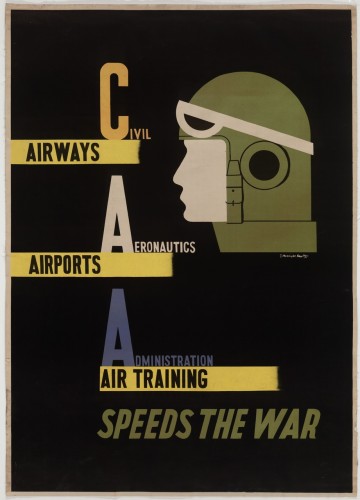
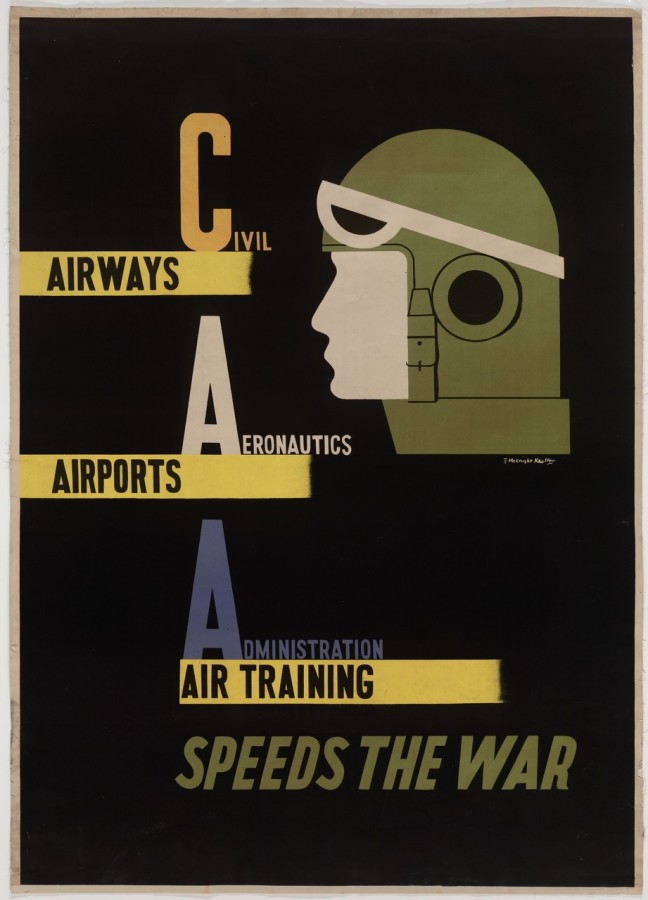

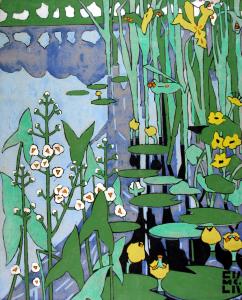

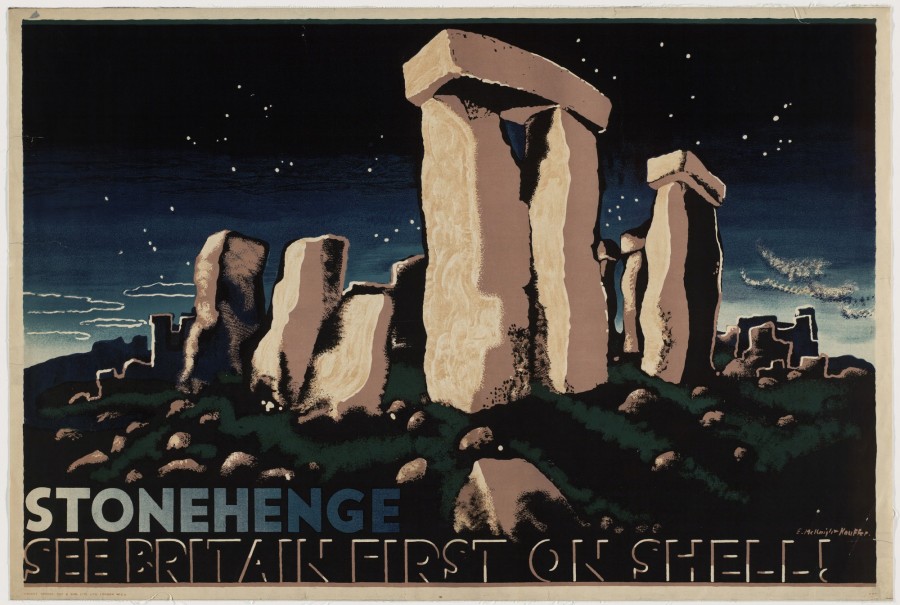

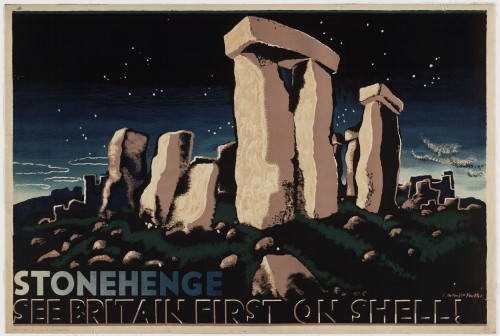
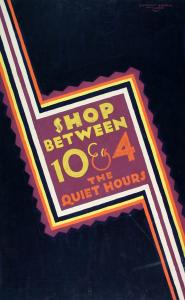



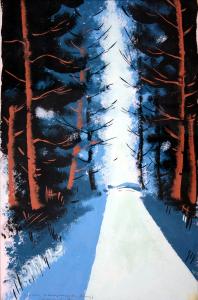

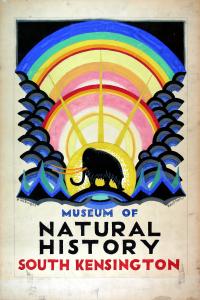

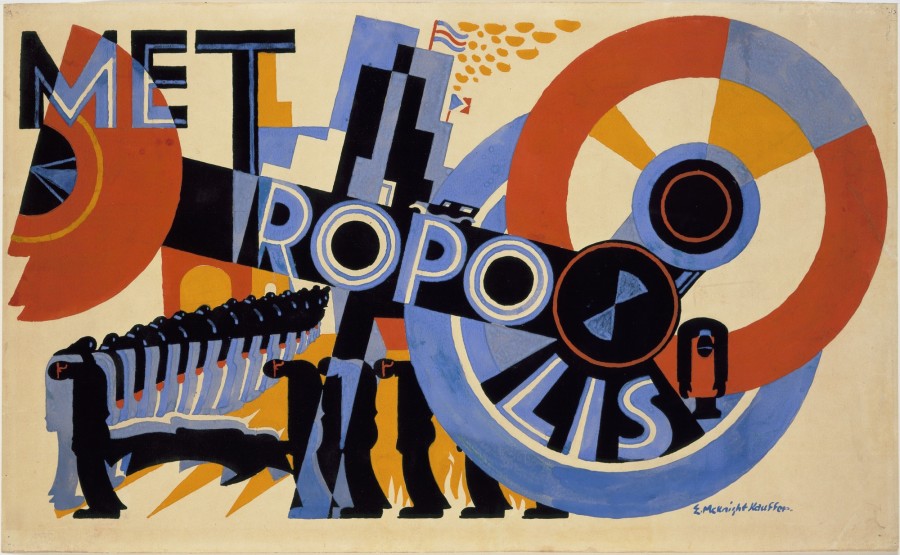

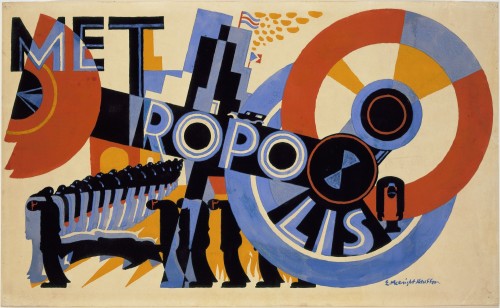
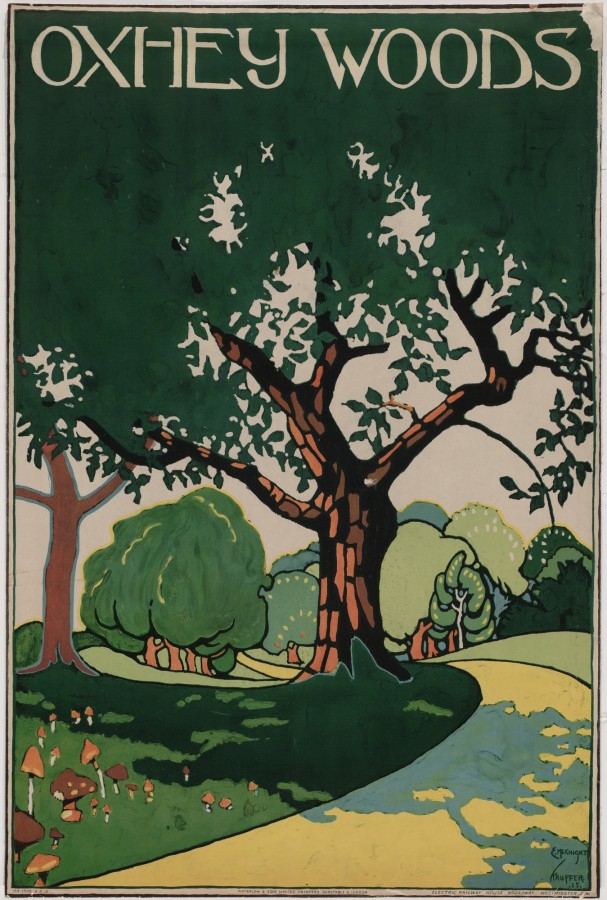

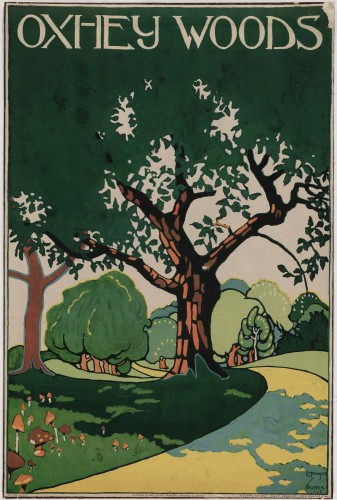
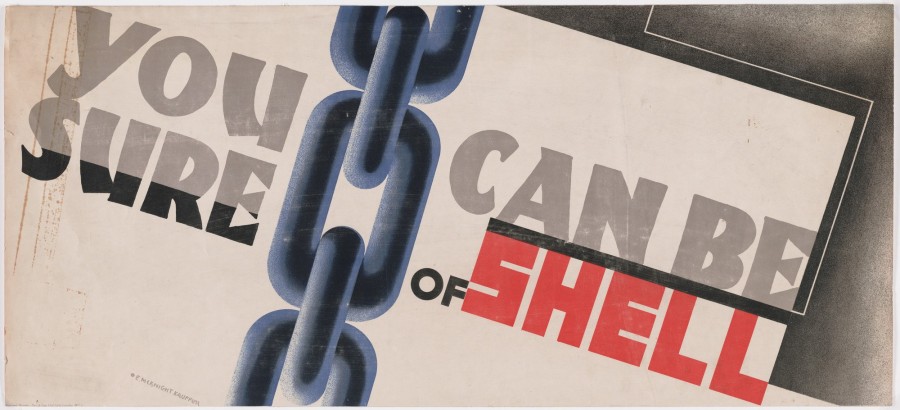


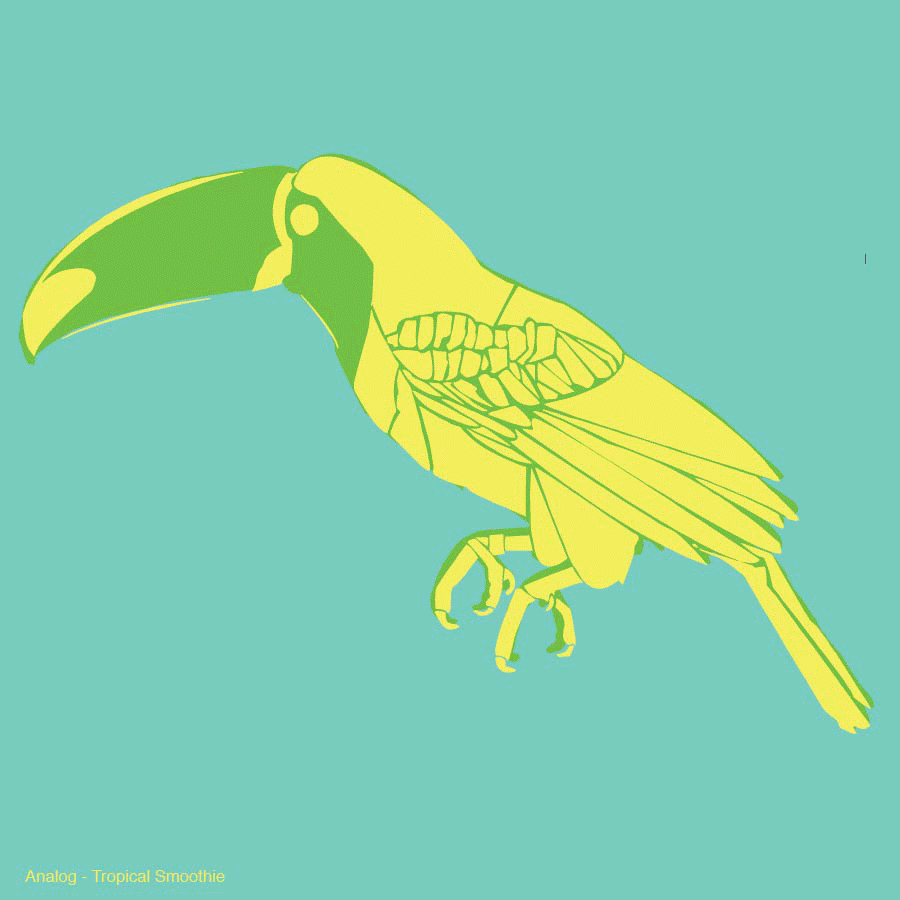
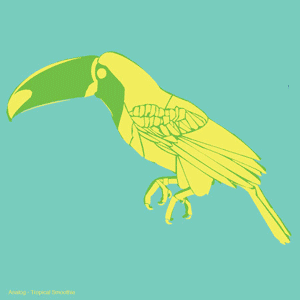

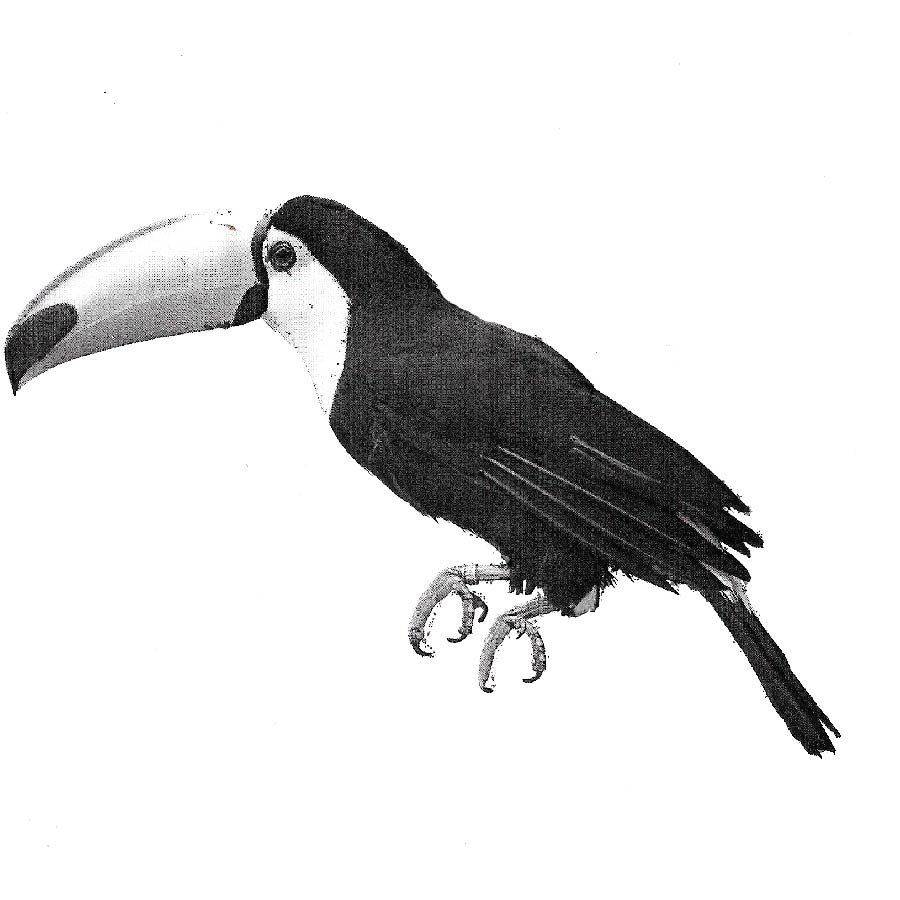
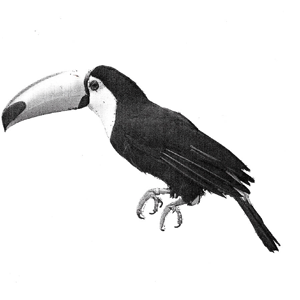
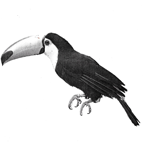
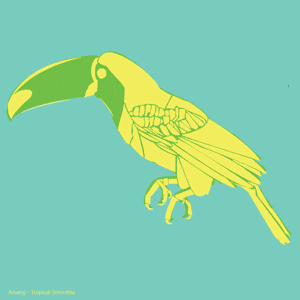
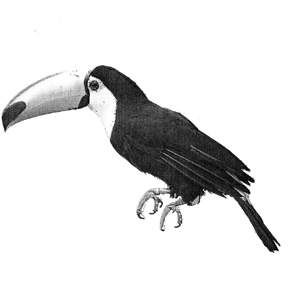
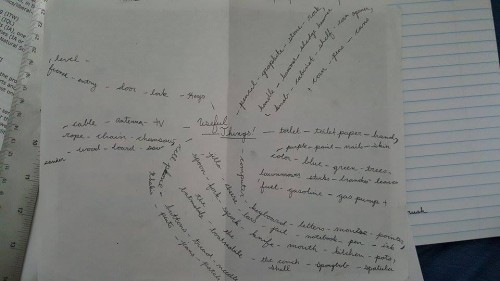
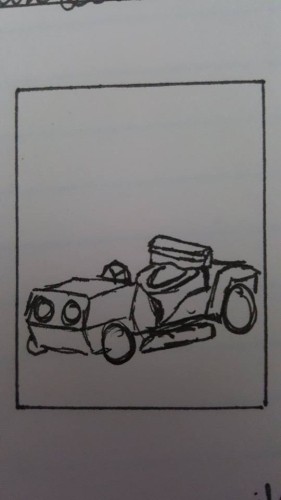
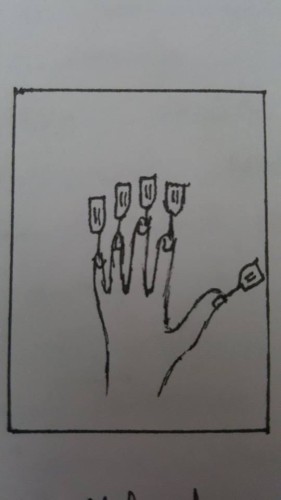
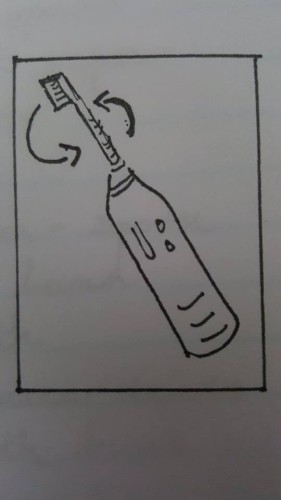

Leave a Reply
You must be logged in to post a comment.